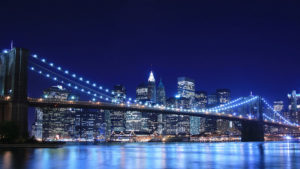If you own a building in NYC, you know that it’s an expensive endeavor. Homeowners and property managers are always looking for ways to save money. At the same time, having good fire protection systems in place is important to everyone. Standpipes are a way to add an additional layer of fire protection to your property, and they can save you money.
Here’s what you need to know about standpipe installation in NYC.
Standpipes are similar to fire hydrants, except they’re installed inside your building. In the event of a fire, the fire department will hook their hoses to the standpipe in order to fight the fire faster. There are two types of standpipes.Dry standpipe systems have water pumped into them by the fire department. Charged standpipe systems have water in them all the time.
Standpipes and sprinkler systems are often installed together. As plumbers in NYC, this is the top of work we do regularly.Standpipes can be installed to a building at the time of construction, or they can be added later, as part of a renovation and remodel, or to upgrade a property’s fire protection.
How Standpipes Save You Money
Now, we’re NYC plumbers, not insurance agents. You’re going to want to talk to your insurance agent for full details and exact figures. That being said, having good fire protection in place makes insurance companies happy. They particularly like what’s known as redundant fire protection – basically back up systems. NYC DOB code requires sprinklers in most buildings. That means the standpipe would be your redundant fire protection system – an extra resource that’s in place to protect your building, the buildings’ residents, and their possessions. Having a standpipe in place can make a faster response possible in the event of a fire, which means it’s more likely that the blaze can be contained quickly and damage kept to a minimum. This means savings for the insurance company, which is often passed along to the policy holder in the form of a discount. Depending on the size of the discount, it can be possible to recoup the cost of standpipe installation over a number of years.

